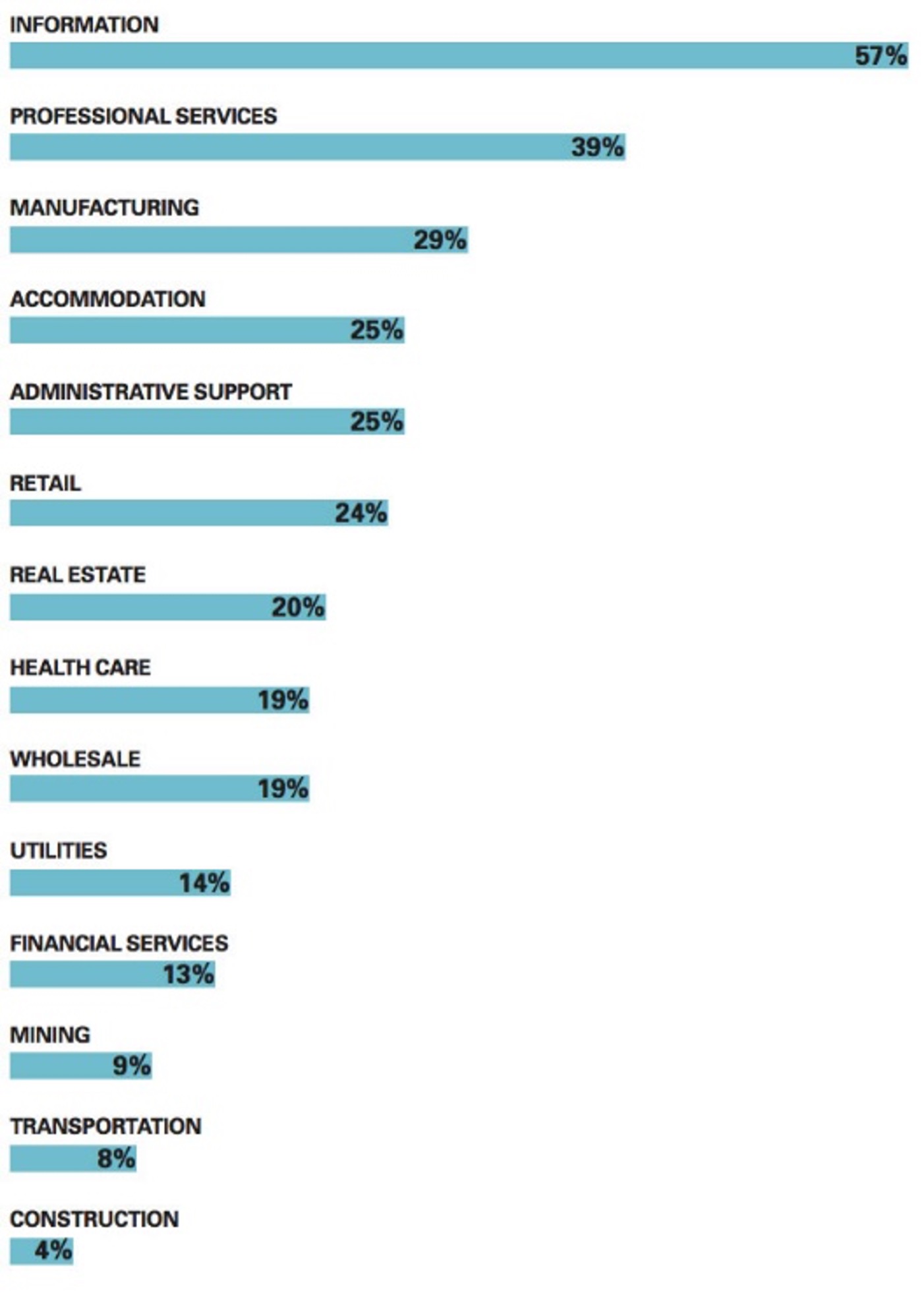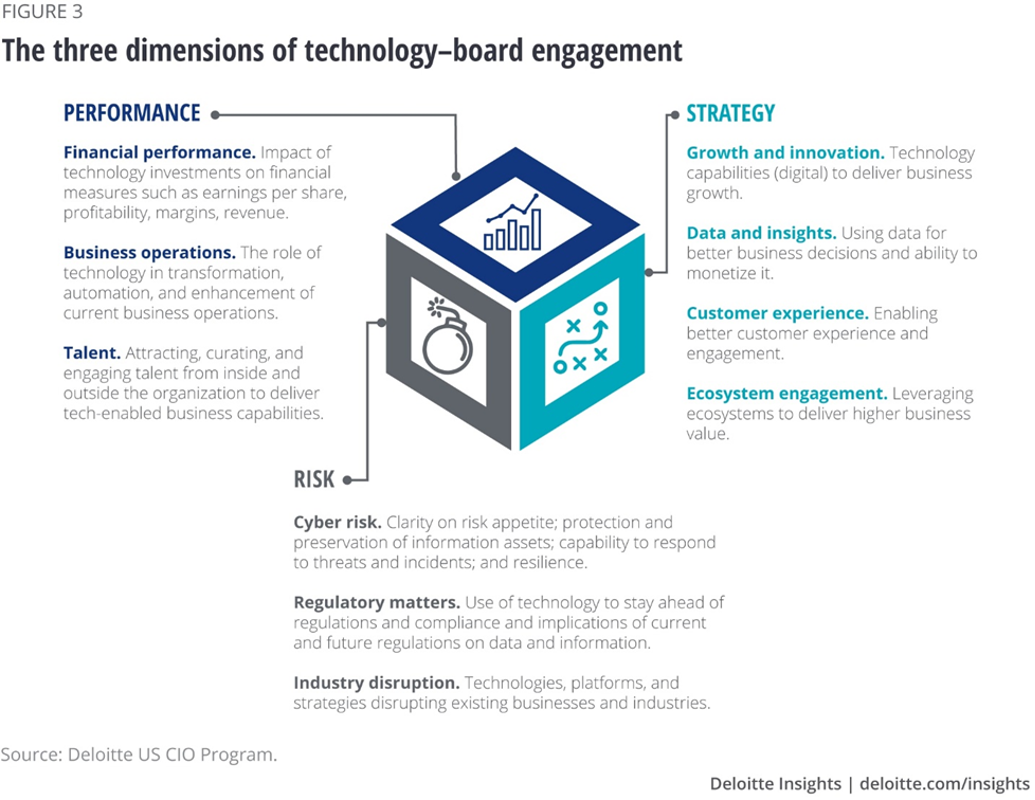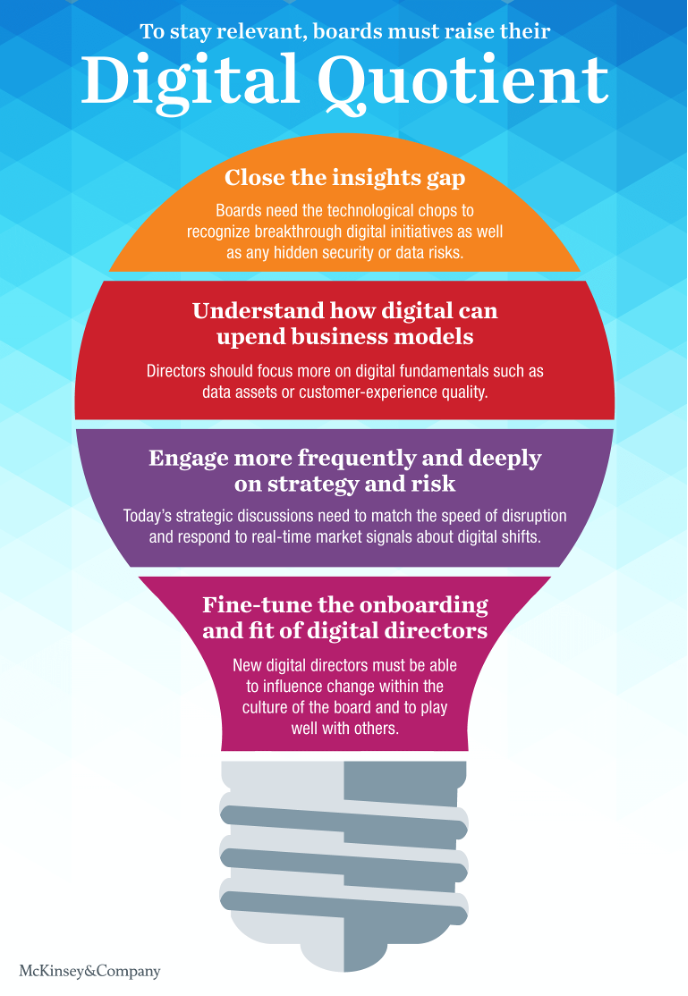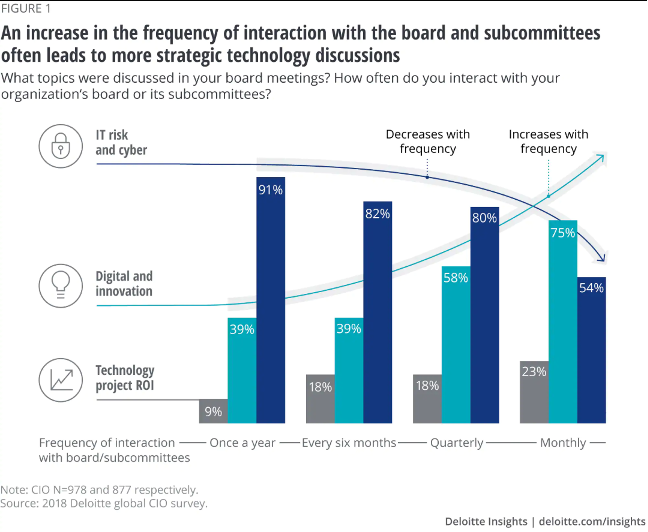
April 27, 2022
In the digital world,
digitally savvy board members are mission critical assets

Are your board members digital technology assets or liabilities?
To successfully compete as a digital enterprise requires that the C-Suite leadership team and the board of directors are fully aligned and committed to the right digital strategy for the company and a game plan to implement. This is virtually impossible to do if the majority of board members are not digitally savvy.
A recent study by the MIT Center for Information Systems Research used machine learning analysis to document that out of 1,233 publicly traded companies with revenues over $1 billion only 24% had board members who were classified as technology experts.
The study further documented that those companies with three or more digitally savvy board members significantly outperformed their industry peers delivering:
- 38% higher revenue growth
- 17% higher profit margins
- 34% higher return on assets
- 34% higher market cap growth
Lastly, the study showed a wide variance of digitally savvy boards across multiple industry sectors as shown on the chart below:

Source: MIT CISR analysis of 1,233 publicly traded companies with revenues over $1 billion
Step One: Assess your boards digital technology acumen
To effectively carry out their digital technology governance responsibilities, boards must be prepared to understand and evaluate the company on three dimensions as shown on the chart below:
- Its digital strategy
- Its performance against that strategy
- The risks associated with the strategy

To fully understand the level of digital technology expertise and knowledge your board needs to carry out these governance responsibilities, you should start with an honest assessment of their digital acumen. This step is not designed to embarrass individual board members but rather to help define the breadth and scope of what it will take to become a digitally savvy board.
This process can begin with a discussion about what you want board members to learn that will have the biggest impact on the competitive performance of your organization. Here are some examples to get you started:
- What digital technologies can our company use for increased competitive advantage?
a. How much do we know about these digital technologies? - What areas of our business are most vulnerable to digital disruption?
a. What do we need to know to defend ourselves against these disruptions? - What customer and market data do we need to make informed decisions?
a. Do we know how to effectively and efficiently translate data into action? - What skills and capabilities do we need to compete as a digital enterprise?
a. Do we know how to acquire or develop those skills and capabilities?
Step Two: Build your board’s digital acumen

Having identified and agreed upon the knowledge and understanding board members must acquire and master to be digitally savvy, you can now develop specific education programs and learning experiences to increase their digital acumen.
Here are some examples of how companies have increased their boards’ digital acumen that directly impacted their competitive performance:
- Increased the number of digitally savvy board members
- Provided digital technology educational tools and continuous learning forums
- Invited digital technology experts to present to the board
- Established a digital technology board committee
- Included digital technology topics on each board meeting agenda
- Facilitated board member visits to “digitally native” companies and established companies who have successfully deployed digital technology
As the chart below illustrates, increasing the breadth and frequency of interaction with board members is critical to elevating their digital acumen:

Step Three: Create board members as digital technology, mission critical assets

Multiple waves of new digital technologies present both opportunities and risks to how companies engage with their customers, employees, supply chain partners and other key stakeholders. Leveraging digital technology is a mission critical factor in developing and implementing a business growth strategy, mitigating risk, and achieving performance goals.
In order for board members to effectively carry out their digital technology governance responsibilities, they must acquire extensive knowledge and understanding of what the company must do to compete and thrive as a digital enterprise.
As always, I am interested in your comments, feedback and perspectives on the ideas put forth in this blog. Please e-mail them to me on linkedin. And, if this content could be useful to someone you know please share it here:



